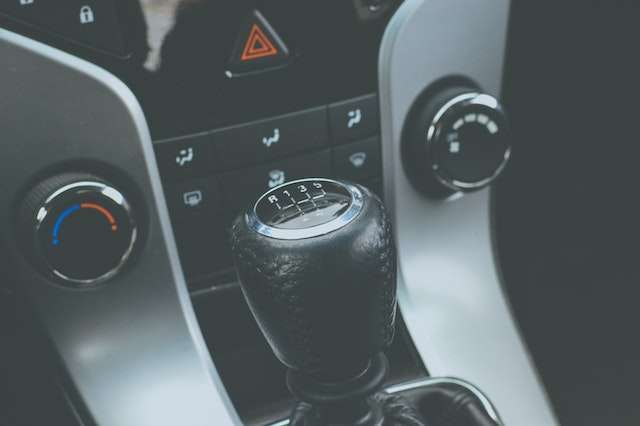
If you want to squeeze the most power out of your car, there are a lot of ways you can go about it. You can tweak the engine and change the components. But if you want the most bang for your buck, a performance transmission might be right for you.
Here’s what you need to know.
What Is a Transmission?
A transmission is a device that transfers power from the engine to the wheels. It’s a complex system that includes gears, bearings, and fluid. The transmission system comprises three main components: the engine, the gearbox, and the driveshaft.
The driver controls the transmission by shifting gears using a gearshift on the steering column or console. A vehicle’s transmission is essential for making it move. Without one, you’re not going anywhere.
A transmission changes the speed and torque of a vehicle’s engine. The most common transmission type is an automatic, which automatically shifts gears as required. Manual transmissions allow you to choose when you want to shift gears yourself.
What is a Performance Transmission?
A performance transmission is a type of gearbox designed for fast acceleration and top speed. Performance transmissions usually have fewer gears than a standard transmission and use wider ratios between them (and generally more aggressive gearing). This allows them to deliver higher engine power without having to downshift as much. They can still achieve high speeds while in lower gears because they’re able to accelerate quickly enough, not just by changing the gear ratio but also by shifting into higher ones when necessary (or even doing both at once).
Performance transmissions are constructed from heavy-duty materials that can handle abuse better than conventional transmissions. For example, steel may be used instead of aluminum or carbon fiber. Performance transmissions often include additional features such as twin clutches or limited slip differentials (which help prevent wheelspin).
Performance transmissions are used mainly on sports cars because they require this kind of performance capability. However, some work trucks may have performance transmissions depending on how the vehicle is used.
What Are the Advantages of a Performance Transmission?
A performance transmission can improve your car’s acceleration. It can also improve your car’s fuel efficiency by reducing the amount of gas used to accelerate and change gears.
Performance transmissions also make it easier to reach top speeds on highways, and they make the ride smoother at higher speeds. Performance transmissions also help you corner better because they’re designed to handle more torque than regular transmissions (which means less wear and tear on other parts).
If you drive in an area with lots of hills or mountains, that extra torque can come in handy for climbing those steep inclines!
A performance transmission upgrade can improve acceleration and fuel economy, reduce engine wear, reduce noise and vibration, increase reliability and enhance the feel of your car.
Performance Transmission Rebuilds in Houston
Transmission upgrades may not be for everyone. But if you have an older car that isn’t performing like it used to, the cost of a new transmission might be worth it. If you want your vehicle to last longer and perform at its best, consider investing in a performance transmission.
Want to learn more about performance transmission rebuilds, like a CDT CL80 or 6L90 rebuild? Contact Circle D Transmission at 713-895-7019, or book an appointment online.